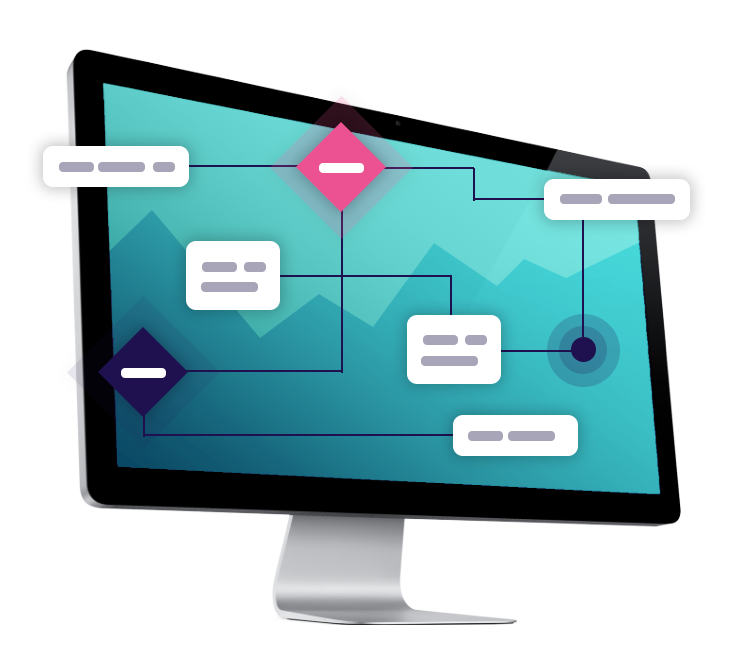Analytics In Mortgage Industry
Mortgage lenders are facing a period of competitive pressure that is pushing them to rethink their operational models and take full advantage of digital technologies. Lending analytics solutions are essential as firms respond to this situation. Gathering and using data from a wider range of sources has the potential to open up new opportunities by both expanding the potential pool of borrowers and strengthening customer experiences.
A challenging mortgage market
The housing sector is facing a seller’s market, as demand for new homes is outpacing supply. At the same time, many banks are facing heated competition that, when combined with a seller’s market, digs into the potential profits available for banks.
A Fannie Mae study found that, as of the end of Q1 2018, the net profit margin outlook for mortgage lenders has remained negative for the past six quarters. For the fifth quarter in a row, lenders pointed to competition from other vendors as the primary factor contributing to lower profit margins.
“The net profit margin outlook for mortgage lenders has stayed negative for the past six quarters.”
With consumers having more options at their disposal for home loans and lenders facing more pressure from competitors, the customer experience is becoming extremely important in the sector. The result is a growing move toward digital services that allow for faster, more intuitive and more convenient borrowing.
According to a report from C-level banking publication The Financial Brand, many lenders have begun shifting toward digital service models in their customer-facing systems.
The problem is that many of these solutions are only skin deep. They give users forms and interfaces to interact with lenders online, but the actual backend operations are still mired in slow, manual processes that prevent lenders from making major changes to the customer experience. It’s time for this to change.
Using lending analytics to embrace digital operations
Incorporating risk analytics into mortgage lending can lay the groundwork for the operational innovation needed in today’s competitive landscape. Risk analytics can:
- Gather data from a wider range of sources to identify rejected borrowers who may actually be good candidates for loans.
- Analyze large sets of information quickly to identify trends in the data and deliver actionable insights to humans making the decisions.
- Empower users to quickly query the system to create specific types of reports and assess the risk associated with a loan.
These core capabilities come together with advanced credit scorecard models, decision engines and fraud prevention tools to change the way banks handle loan applications. Instead of having complex, manual, paper-based processes, the digital technology can automate many of the backend tasks and let users quickly pass applications along at key decision points.
The result is a much stronger user experience that aligns with the demands in today’s marketplace.
Growing competition is making it difficult for lenders to differentiate themselves and attract customers. Creating more efficient loan experiences can go a long way in attracting borrowers. A smooth, transparent experience available over digital channels creates convenience and accessibility in what is normally a complex and often daunting lending process.
GDS Link offers a holistic risk analytics platform that can help firms adjust to digital lending and take advantage of opportunities in the marketplace.

>>Learn More About Our Risk Analytics Platform
Related Articles
Consumer Financial Protection Bureau makes changes to mortgage rules
Mortgage fraud index found higher levels of fraud than past two years
Two Mortgage Schemes Illustrate Need For Loan Management Software
Mortgage Market Presents Problems and Opportunities For Small Lenders
Analytics Advances Key As Competition Heats Up In Mortgage Lending
Nonprofit Seeks To Enter The Subprime Mortgage Market









